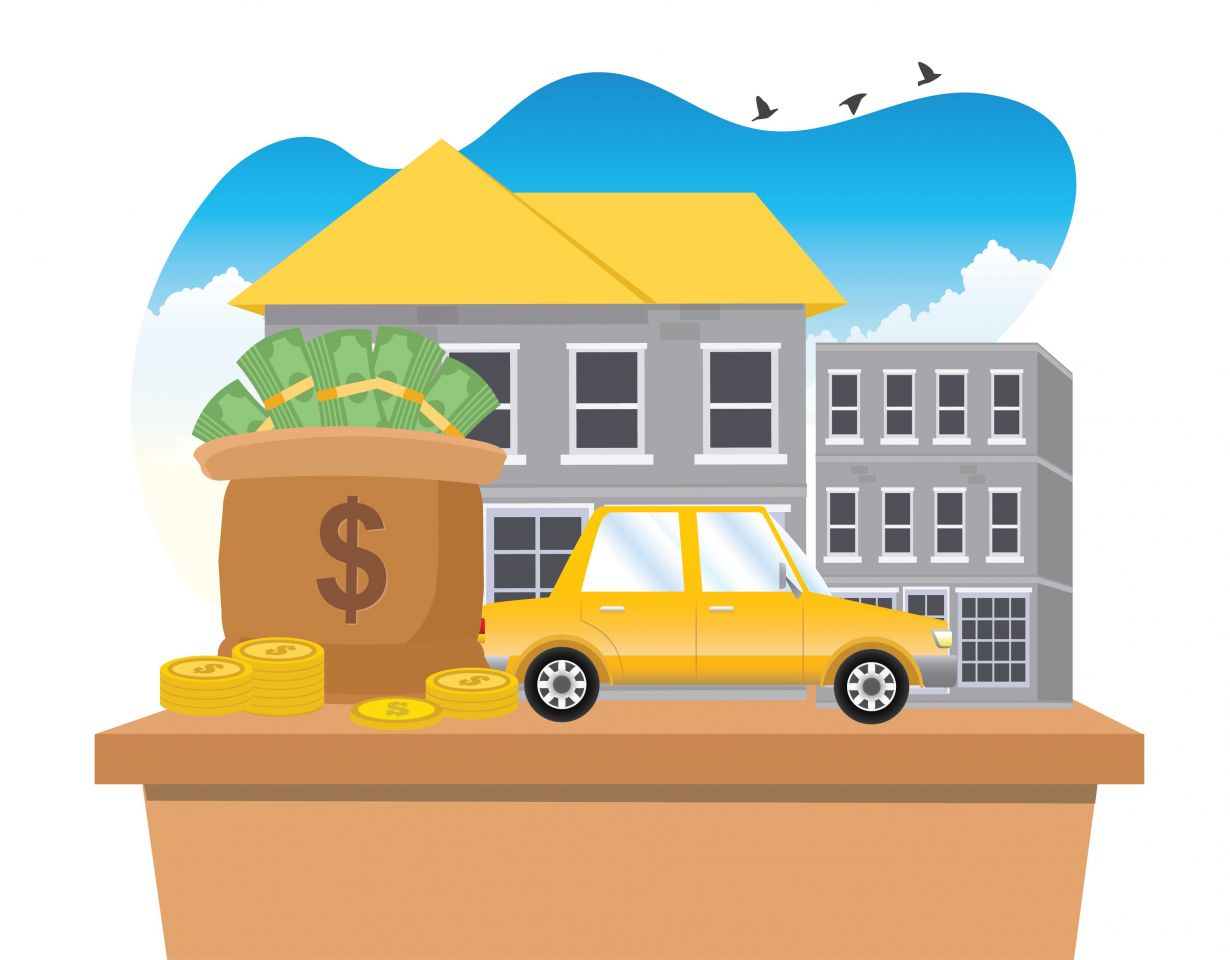What are tangible assets?

A tangible assets definition is as follows: any physical asset owned by a company to produce or purchase goods and services. They have a finite monetary value and can be quantified with relative ease. Tangible assets can also be sold to generate cash in the event the company faces financial difficulty.
Examples of tangible assets can include any kind of physical property, such as a piece of land, factories and buildings, furniture and fixtures, machinery, tools and equipment, computers and other inventory used in the company’s operations to produce a profit. Simply put, a tangible assets meaning would be the resources with a physical form that hold value and are essential for conducting business operations.
Where have you heard about tangible assets?
Assets get talked about a lot when companies reveal their financial results – especially if they have been buying or selling a lot of assets. Tangible assets are an important part of every company's business operations.
What you need to know about tangible assets.
Generally, businesses possess two types of assets: tangible and intangible. What are intangible assets? Unlike tangibles, intangible assets are the assets that do not have a physical existence. However, they still have commercial value and act as a long-term resource to the firm. These may include copyrights, patents, goodwill, trademarks, licenses and brand value. All companies have a combination of both intangible and tangible assets as part of their business assets. Note that these items are not available for sale to the company’s customers.
Tangible resources can be further divided into two categories: current and long-term assets. Current assets, also known as liquid assets, are resources that are in the business for a short period and can be easily converted into cash in less than a year or so. Additionally, those may or may not have a physical onsite presence, but they always have a finite transaction value. A company’s tangible, most liquid current assets include cash, cash equivalents, accounts receivable and marketable securities.
On the other hand, long-term assets, also known as fixed assets, are resources held by a business for a long period and are not expected to be consumed or converted into cash within a year. Some examples include buildings, machinery and vehicles. Fixed tangible assets are depreciated over time.
Tangible assets can be purchased, stolen, damaged and repaired. A company’s management must ensure these resources are used, maintained and guarded properly to preserve their usefulness.
All tangibles are reported on the company’s balance sheet.